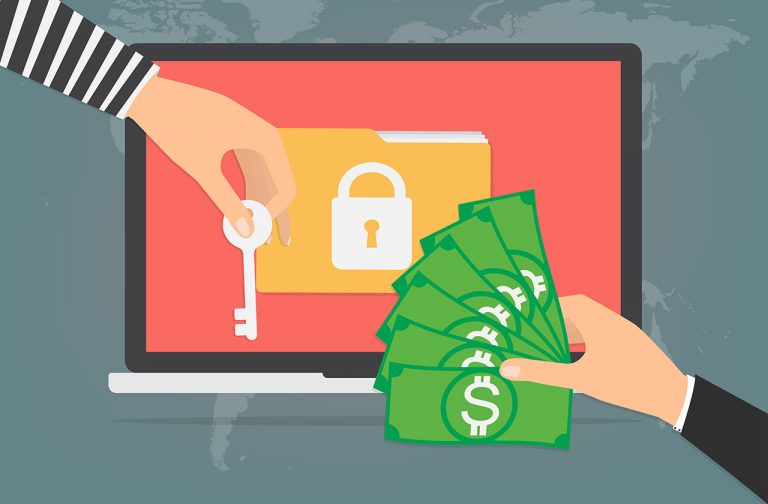
A VPS, also known as a virtual private service, is a single server instance that you can rent for a specific period of time. It is a good alternative to getting larger more complicated instances or if you do not have a server ready for Los Angeles colocation or just want to test your applications in the cloud. Here is a generic guide on how to get started with one:
Sign up with your provider, which is usually as simple as creating an account and entering your credit card details. There is almost no personal information required, other than an email address you can verify and a credit card that works.
Next, you will need to choose what sort of VPS you want. Most providers will give you options ranging from single core low memory Linux instance all the way to compute-optimized servers with lots of memory that run windows.
The setup process is straightforward. You select the type of VPS, the location of the data center, and then enter details like the name of the server, assign security keys, and in some cases restrict access immediately.
That’s it. Now you have a working VPS with which to experiment or being setting up your application. Although a VPS is a good for certain workloads, for larger enterprise grade infrastructure, always look to providers like Rack Alley for top-notch services.






